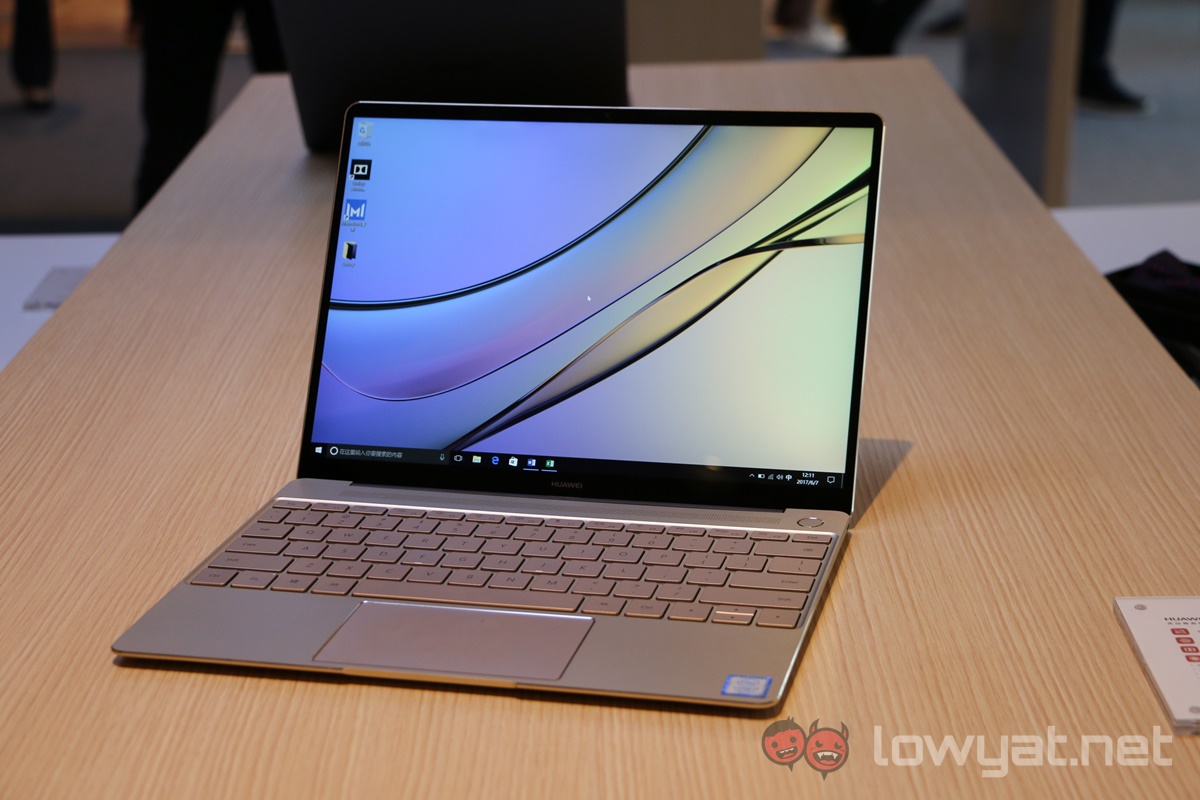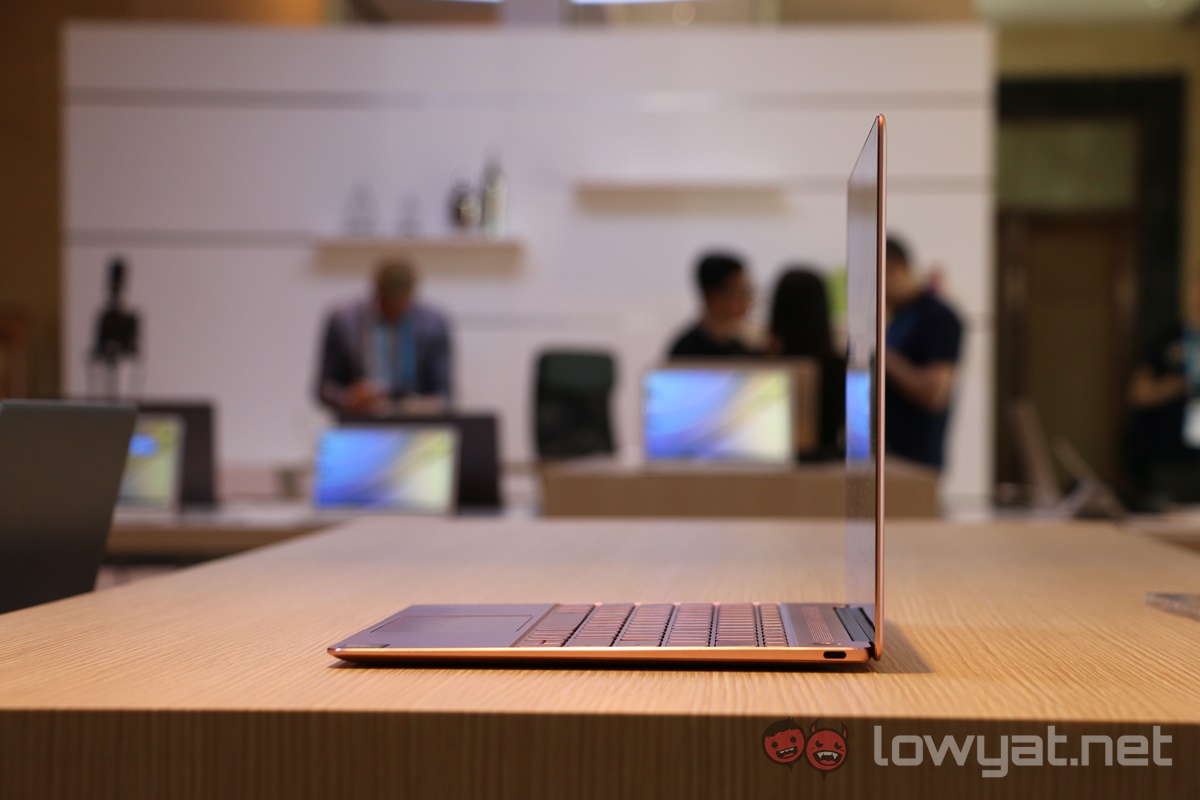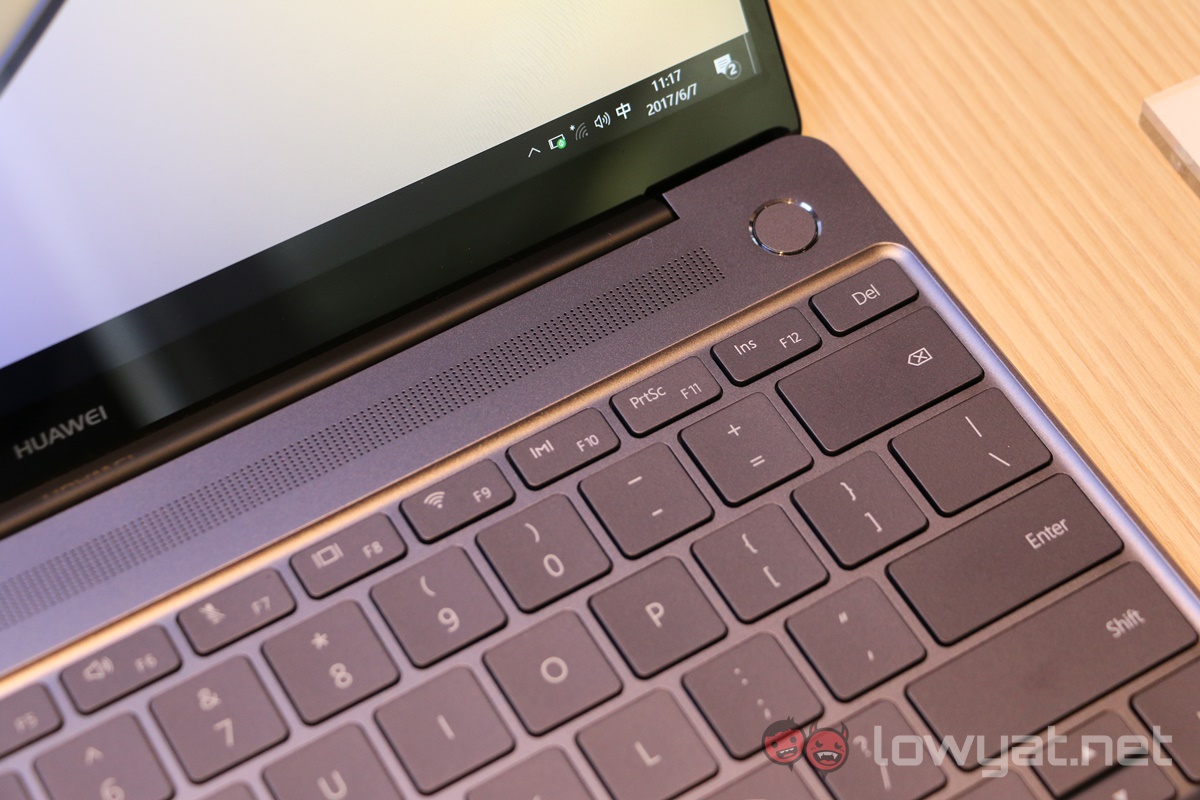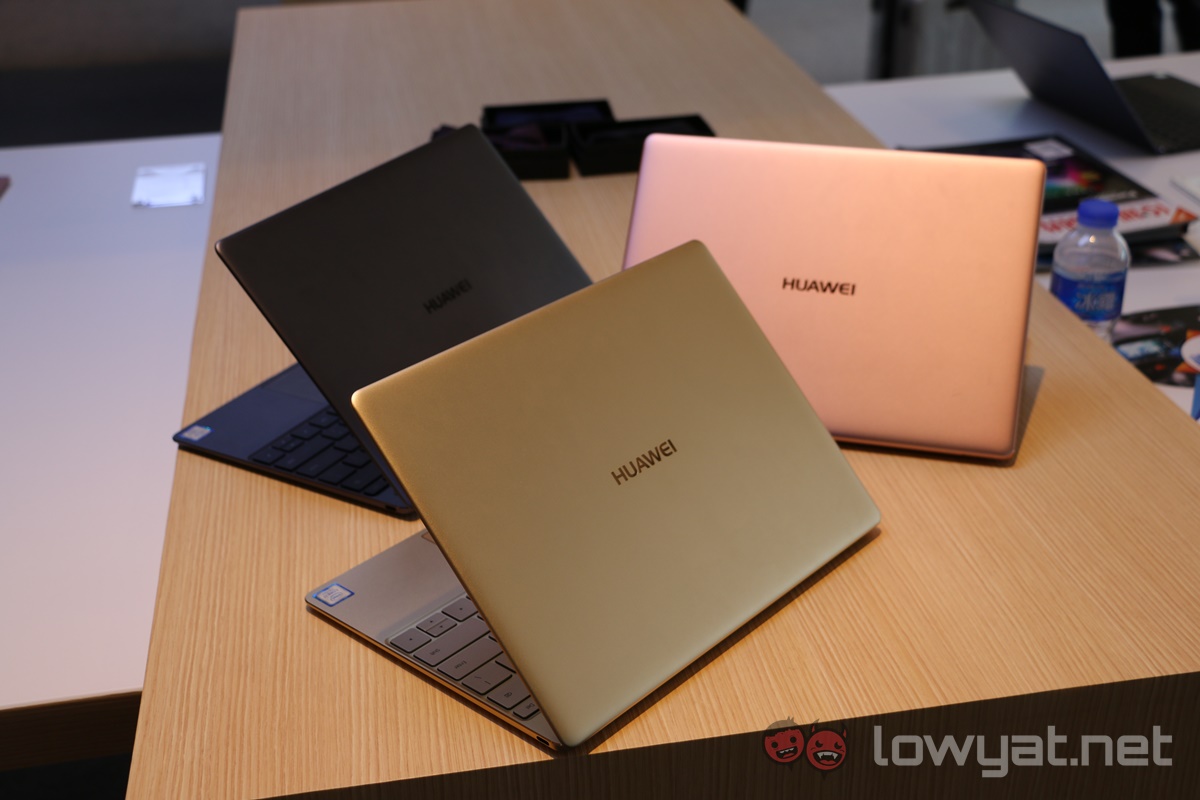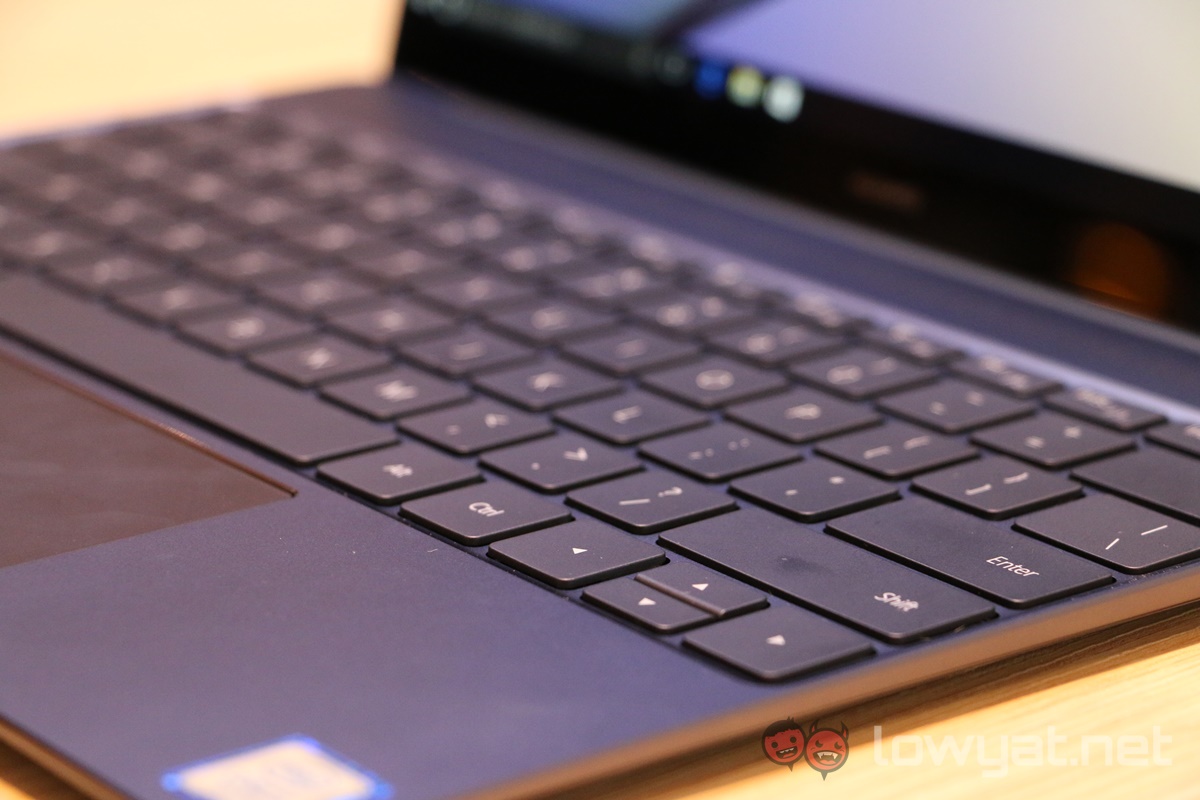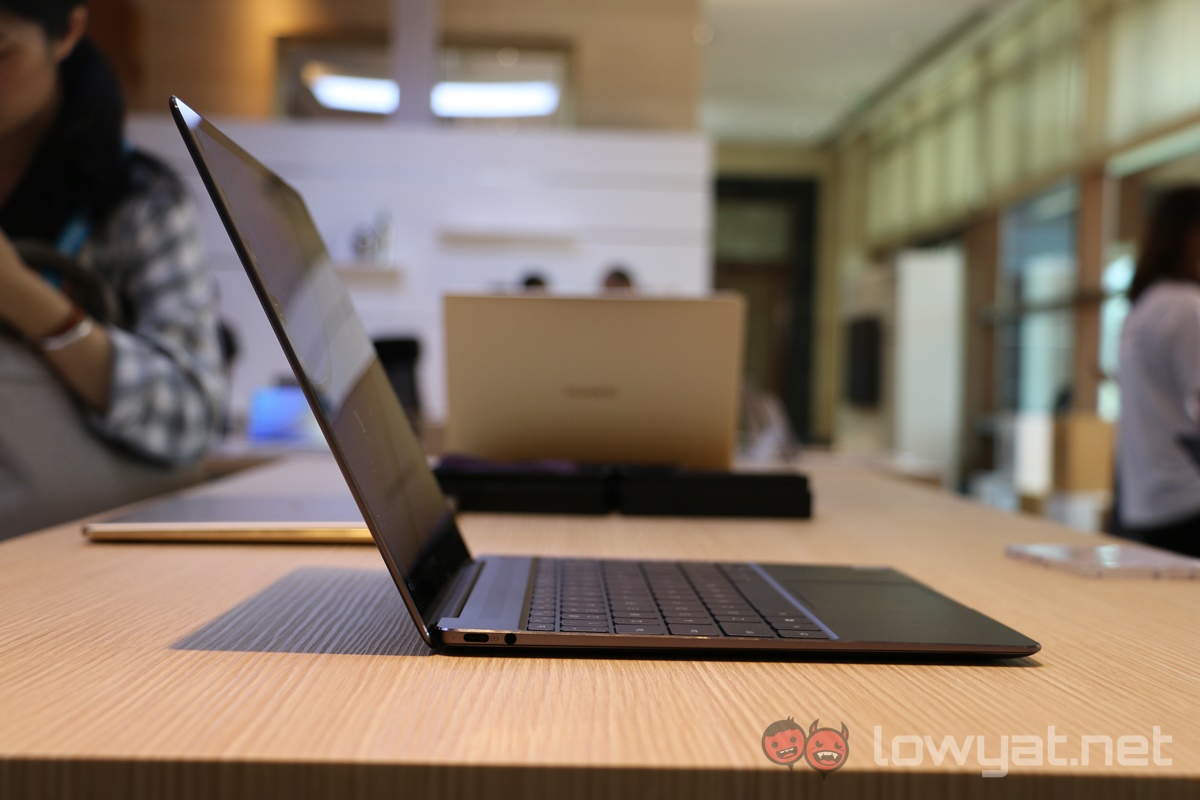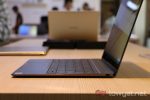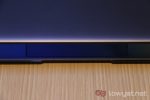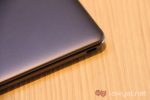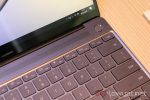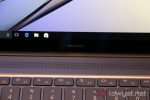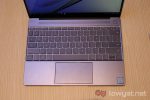Huawei may have held the global announcement of its first foray into laptops, but the company used CES Asia 2017 as the event to launch the notebooks in China. Of the three, the new MateBook X is the flagship model – and is definitely a laptop to drool over.
The Huawei MateBook X bears a striking resemblance to Apple’s 12-inch MacBook, but the Chinese company has made some really bold choices when it comes to hardware. It has a similar footprint as the MacBook, but is 0.6mm thinner. Not only that, it sports a larger display too: a 13-inch 3:2 aspect ratio, 2160 x 1440 IPS display with 100% sRGB colour gamut – and protected by Corning Gorilla Glass.
It’s no wonder Huawei is confident enough to call the MateBook X the smallest 13-inch laptop in the world.
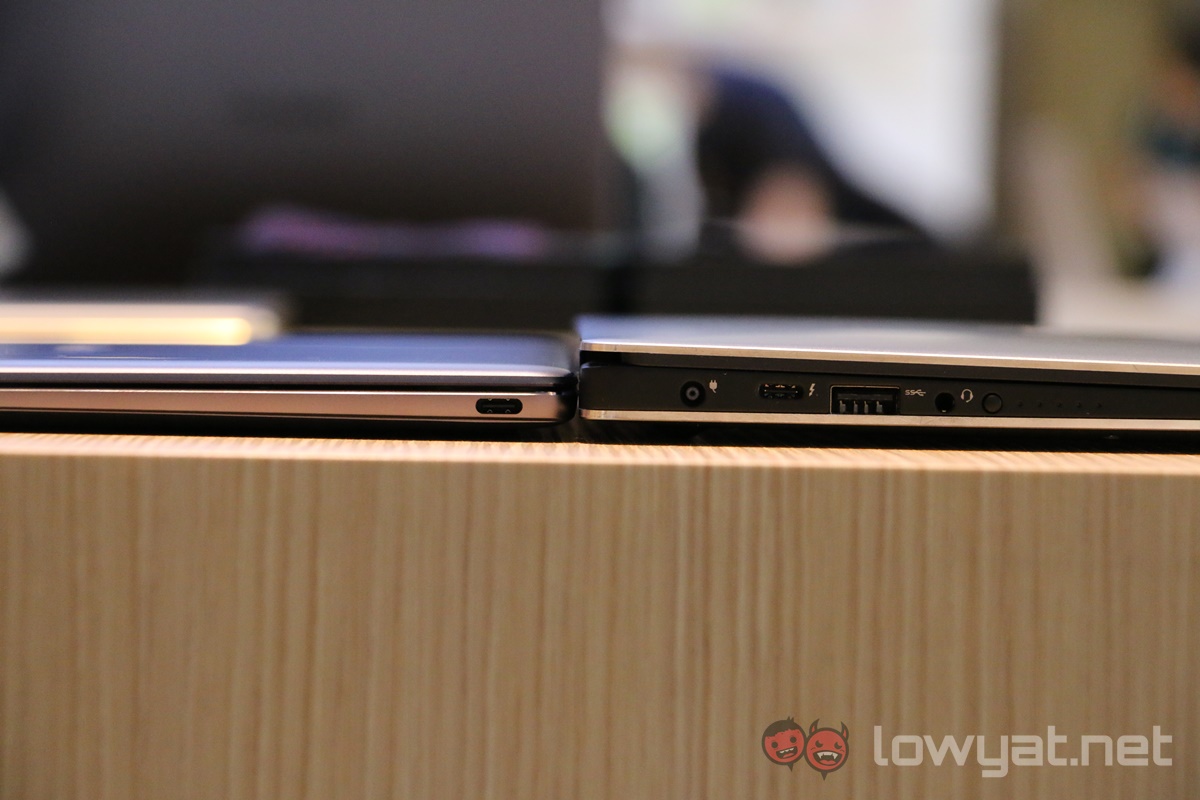 Huawei MateBook X (l) and Dell XPS 13 (r)
Huawei MateBook X (l) and Dell XPS 13 (r)
Inside, the hardware list just gets better. Despite the 12.5mm thin chassis, the Huawei MateBook X sports up to an Intel Core i7-7500U, 4 or 8GB of LPDDR3 RAM, and 256/512GB of SSD storage.
To cap it off, the MateBook X employs a fanless design. In its place is a product of the company’s R&D: phase-change material melts and freezes along the MateBook X’s heat pipes, cooling the device during the changes of phase. It will definitely be interesting to see how this cooling solution holds up over prolonged use – something we cannot test in the experience zone.
And, to top it all off, there’s a fingerprint scanner embedded on the power button. Combined with Windows Hello, this allows for seamless and secure unlocking of the device.
As for prices, the MateBook X comes in four variants: Core i5-7200U/4GB RAM/256GB SSD at 6,988 Yuan (about RM4,385), Core i5-7200U/8GB RAM/256GB SSD at 7,988 Yuan (about RM5,010), Core i5-7200U/8GB RAM/512GB SSD at 8,988 Yuan (about RM5,640), and Core i7-7500U/8GB RAM/512GB SSD at 9,988 Yuan (about RM6,265).
In comparison, the Surface Pro 4 with a Core i5, 4GB RAM and 128GB SSD now goes as low as RM3,950 (with Type Cover), while the top tier Core i7, 16GB RAM and 512GB SSD can be purchased at RM8,605 (without Type Cover). The Apple MacBook 12-inch, on the other hand, with a Core i5 Y series processor, 8GB RAM, and 512GB SSD is priced at RM7,199 – the Core i7 with 16GB RAM goes for a cool RM8,809.
But really, what struck me the most is in the industrial engineering of the Huawei MateBook X. This may be the company’s first, but it certainly does not feel like it. The metal chassis is robust, while the 1.05kg weight feels just heavy enough to inspire confidence on its durability. And, like the MacBook, you can open the MateBook X’s lid with one finger.
The display’s super thin 4.4mm bezels further enhances the beautiful display, where colours spring out vividly. Besides that, the MateBook X is also the first laptop in the world with Dolby Atmos Sound System, a combination of hardware and software configuration designed by Dolby. Audio output is surprisingly loud even in the crowded and open space at the experience zone.
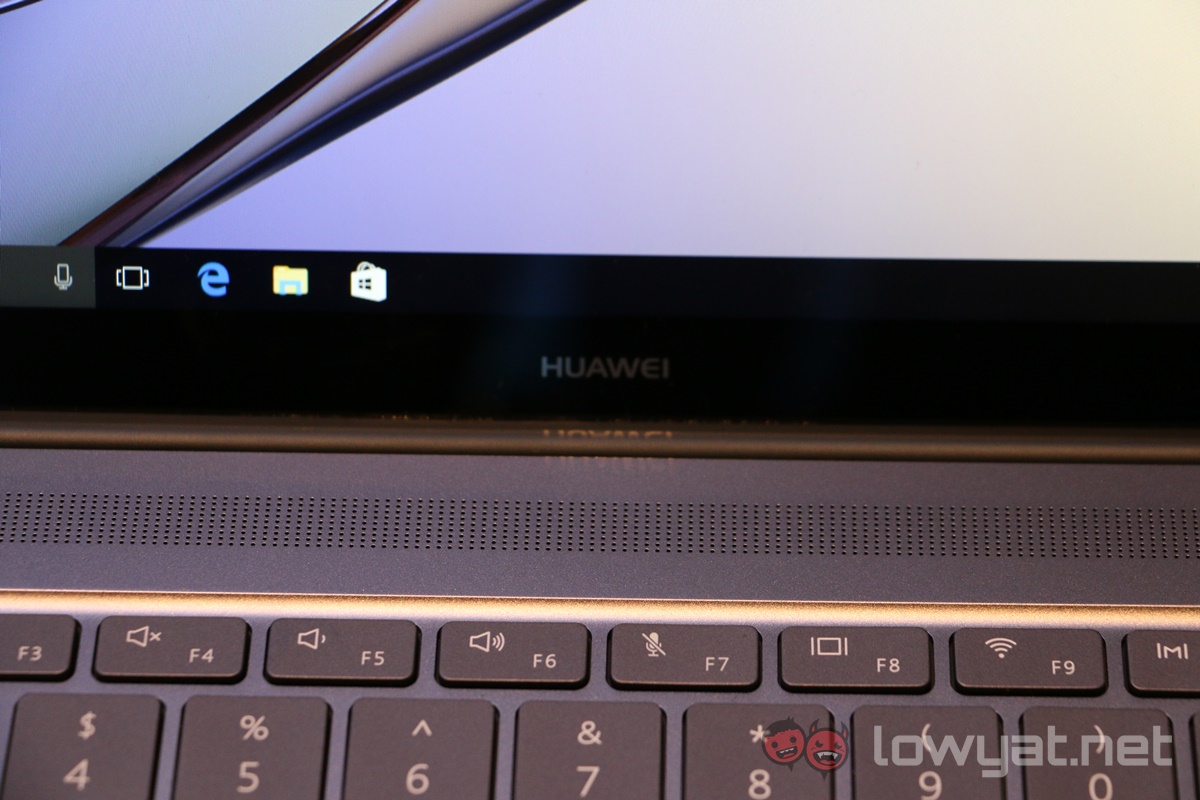
As for the keyboard, it may not be the same near zero-travel type as the 12-inch MacBook, so that may be a good thing. That said, the little bit of travel this keyboard offers doesn’t feel quite as satisfying, but it’ll get the job done. On the other hand, the trackpad is huge and accurate in my brief time testing it out.
The one stumbling block is with the I/O ports. Besides the two USB Type C ports (one for power) and an audio jack, you’ll need a dongle if you want more ports for the Huawei MateBook X. There’s a bundled Type C to Type A dongle, as well as an optional MateDock 2 that costs 399 Yuan (about RM250) which packs HDMI, VGA, USB Type-A, as well as another USB Type-C port.
As someone who spends a lot of time working with an Ultrabook, I was quite sceptical of Huawei’s MateBook X as just a MacBook clone (they kinda look the same, after all). But after spending some time with the device, it’s clear Huawei has done a lot more work on the MateBook X than just stamping its logo at the lid.
It’s just a real shame Huawei currently has no plans to bring the MateBook X to Malaysia.
Follow us on Instagram, Facebook, Twitter or Telegram for more updates and breaking news.


